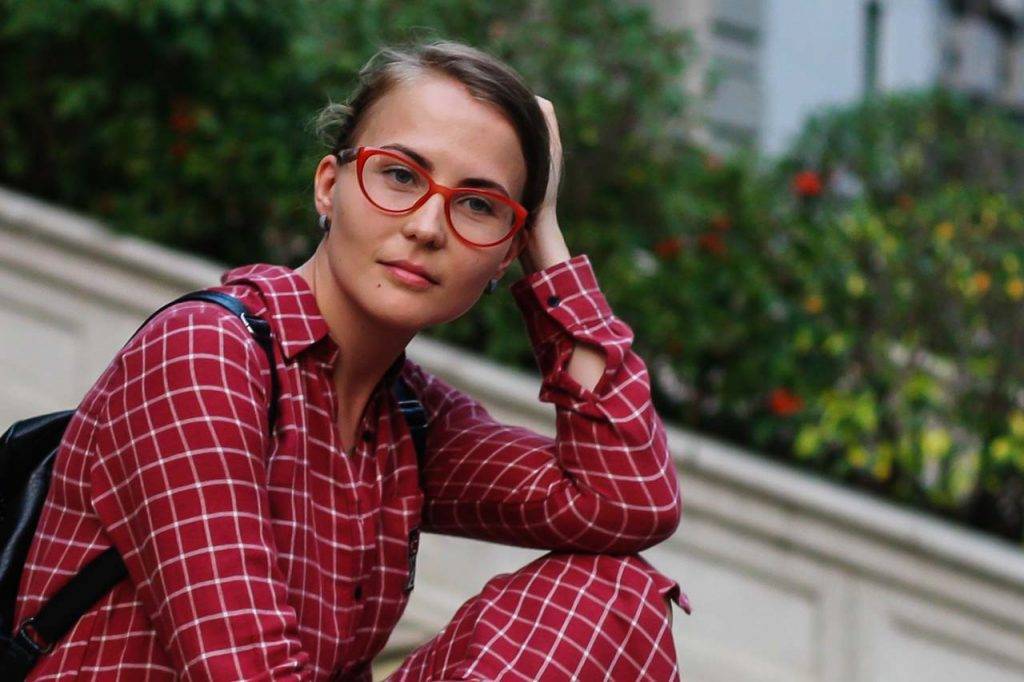Reduced visual efficiency can greatly reduce a student’s ability to learn or be an adult’s office productivity.
Reduced visual efficiency can negatively impact a person’s performance in school, at the office, and on the sports field, many times these children are labelled as dyslexic. Understanding and knowing what to look out for can help with early detection and treatment of visual problems.
What is visual efficiency?
Visual efficiency is understood by measuring how effectively the eyes work together as a team.
The measurements of the eye’s teamwork are calculated based on the visual skills such as their ability to track across a page, converge, and focus. All these skills are essential for effective processing of visual information and for effective reading fluency.
1. Eye Tracking Problems
Eye tracking involves smooth and effortless movements of the eyes. Proper eye tracking helps us gather and scan information quickly from the environment around us, so that we can understand where we are and what our next move should be.
When eye movements are slower than normal, it may indicate an eye tracking problem. Three types of eye tracking problems are: difficulties with pursuits and saccades and fixation disparities.
Individuals with an eye tracking problem may:
- Easily lose their place while reading
- Have difficulty spelling
- Have poor hand-eye coordination
- Often skip lines when reading
- Omit or substitute words while reading.
Contact a vision therapy eye doctor who can help diagnose and treat any visual problems you may be experiencing, especially if your child has reading fluency difficulties.
SEE RELATED: Smart in Everything… Except School
2. Eye Teaming Problems
Your two eyes need to work in perfect unison and coordination in order to see the world in a clear and precise way. The images the brain creates may be uncomfortable or confusing when the eyes don’t function as a team.
Convergence insufficiency and convergence excess are two common eye teaming problems.
Convergence insufficiency occurs when the eyes find it difficult to focus inwards on an object, such as when reading or using a computer.
Convergence excess is the opposite: the eyes aren’t able to easily focus outward. This leads to difficulties with distance vision.
Symptoms of eye teaming problems include:
- Blurred or double vision
- Difficulty concentrating
- Difficulty reading
- Headaches
- Poor depth perception
- Rubbing or squinting of the eyes
- Uncomfortable or tired eyes
3. Focusing Problems
Focusing problems occur when there are difficulties either changing focus from close to far and back again or maintaining focus, such as on a book or computer screen, for hours at a time.
Every time our eyes shift their gaze from one object to another, they accommodate, or change focus, so that each object appears clear. Focusing difficulties occur when the eye can’t relax and tighten or maintain position over an extended period.
Symptoms of focusing problems can include:
- Difficulty or avoiding reading
- Blurred vision
- Blurred vision when shifting focus from one object to another
- Frequent eye rubbing
- Holding objects close to the face in order to view them
- Headaches during or after reading
- Watery eyes
Other symptoms of visual efficiency problems include:
- Holding a book too close
- Uses finger pointing while reading
- Needing excessive time for homework
- Poor reading comprehension
- Slow reading
- Head tilting while reading
- Closing of one eye
- Clumsiness
- Words or letters moving, jumping, or running together when reading
Visual efficiency and vision therapy
Vision therapy helps to increase and strengthen the eye-brain connection, which is often weak in a person with visual efficiency problems and poor reading fluency.
A vision therapy program involves custom-made visual exercises that create new pathways in the visual system. By regularly performing these exercises patient’s will develop improved visual skills and may notice a significant reduction in their symptoms.
Vision therapy may also involve the use of specialized lenses, filters, or prisms to help relieve symptoms.
LEARN MORE: Vision Therapy for Children
If you or your child experiences any of the symptoms mentioned above, contact a vision therapy eye doctor near you to have your vision evaluated.


